Latest News
Justice Mohammed Thahir Laffar appointed as Acting President of the Court of Appeal
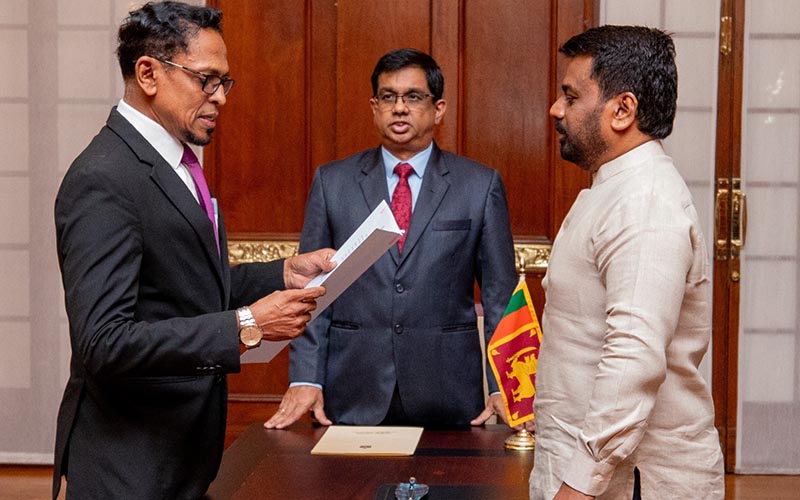
Justice Mohammed Thahir Laffar, the most senior judge currently serving on the Court of Appeal, has been appointed as the Acting President of the Court of Appeal.
Accordingly, Justice Mohammed Thahir Laffar took his oath as the Acting President of the Court of Appeal before President Anura Kumara Disanayake at the Presidential Secretariat.
The appointment follows the pre-retirement leave of the incumbent President of the Court of Appeal, Justice Bandula Karunarathna, which has been accepted by President Anura Kumara Disanayake. This appointment will remain valid until a new Acting President of the Court of Appeal is appointed in accordance with the Constitution.
Latest News
Trump to withdraw US from UN Rights Council, extend UNRWA funds ban: Report

United States President Donald Trump is planning to cut off US engagement with the United Nations Human Rights Council and extend a funding ban on the UN agency for Palestinian refugees, UNRWA, an unnamed White House official told US media outlets.
US news media, including Politico and NPR, reported on Monday that Trump was expected to sign an executive order withdrawing from the two UN bodies on Tuesday, the same day the White House is expected to host Israeli Prime Minister Benjamin Netanyahu, a longtime critic of the UN, and UNRWA in particular.
Since taking office for a second term on January 20, Trump has already withdrawn the US from the World Health Organization [WHO] and the Paris Climate Agreement, which he also withdrew from during his first term – a move that was later reversed by the Biden administration.
Trump’s withdrawal of the US from the UN Human Rights Council would also not be a first for Trump, who withdrew from the council in his first term.
When the Trump administration quit the Human Rights Council in 2018, Trump’s then-UN envoy Nikki Haley claimed the move was due to “chronic bias” against Israel from the body, which is made up of 47 UN member states who are elected for four-year terms.
The council conducts periodic reviews of the human rights records of UN member states, including the US, which is due to undergo its next review in August.
During the council’s last review of the US in 2020, countries offered recommendations on how Washington might improve its human rights record, including by tackling racism and closing the Guantanamo Bay prison. The council is also responsible for appointing human rights experts to serve as independent UN special rapporteurs.
Several UN special rapporteurs have accused Israel of committing genocide in Gaza, including, most notably, the special rapporteur on the occupied Palestinian territory, Francesca Albanese.
As an elected member of the council, most recently from 2022-2024, the US has also leveraged its position to criticise the human rights record of other countries.
[Aljazeera]
Latest News
“Let us unite for national revival”-President
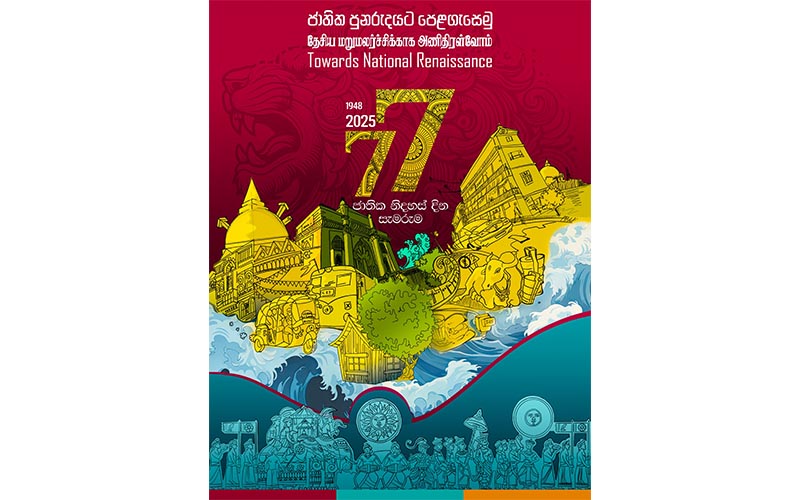
President Anura Kumara Dissanayake issuing a message on the 77th Independence day called upon all Sri Lankans to stand strong and united, to take part in shaping a modern vision of freedom, and to contribute to the collective beginning of this new era of revival.
The full text of the President’s message:
“Today, as we celebrate the 77th National Independence Day, we do so with hopes and aspirations for a new kind of freedom. Reflecting on Sri Lanka’s history, we have now embarked on a new path, with a government built through the collective efforts of the people from the North, East, West, and South. At this moment, we stand together to take on the challenge of rebuilding a thriving nation – a beautiful life; something that was lost and eluded us over the past century.
For the sake of our future generations, we must elevate our nation to new heights. This was the very expectation of all the heroes in our history who struggled to achieve it with their blood and tears. Therefore, both individually and collectively, we must build a modern, developed Sri Lankan nation, guided by social, environmental, and ethical principles.
As the new government, over the past four months, we have laid the foundation for a stable economy, introduced a new political culture, and committed ourselves to a new political ideal. We strive for a society where people regard each other with equality, respect, and empathy; —free from racism and religious divisions. We focus on governance through public engagement and the rule of law, while prioritising the eradication of rural poverty. Our policies and actions aim to ensure that no citizen, particularly the most vulnerable, is left behind. Steps have also been taken towards digitalising the economy to embrace advancements in science and technology that we previously missed. Additionally, we are committed to transforming Sri Lanka’s global image—from a country known for corrupt governance to one that upholds an independent foreign policy and earns trust in international relations.
Despite countless obstacles and the deep-rooted flaws of the past corrupt political system, the people’s government, built by the collective will of the citizens, is steadily progressing forward. As promised, we have successfully ushered Sri Lanka into an era of national revival. Now, the task ahead is to systematically build upon this foundation and realise a centuries-old dream with unwavering confidence and creativity.
On this 77th National Independence Day, I invite all Sri Lankans to stand strong and united, to take part in shaping a modern vision of freedom, and to contribute to the collective beginning of this new era of revival”
Latest News
Karunaratne toils his way to a place among Sri Lanka’s greats
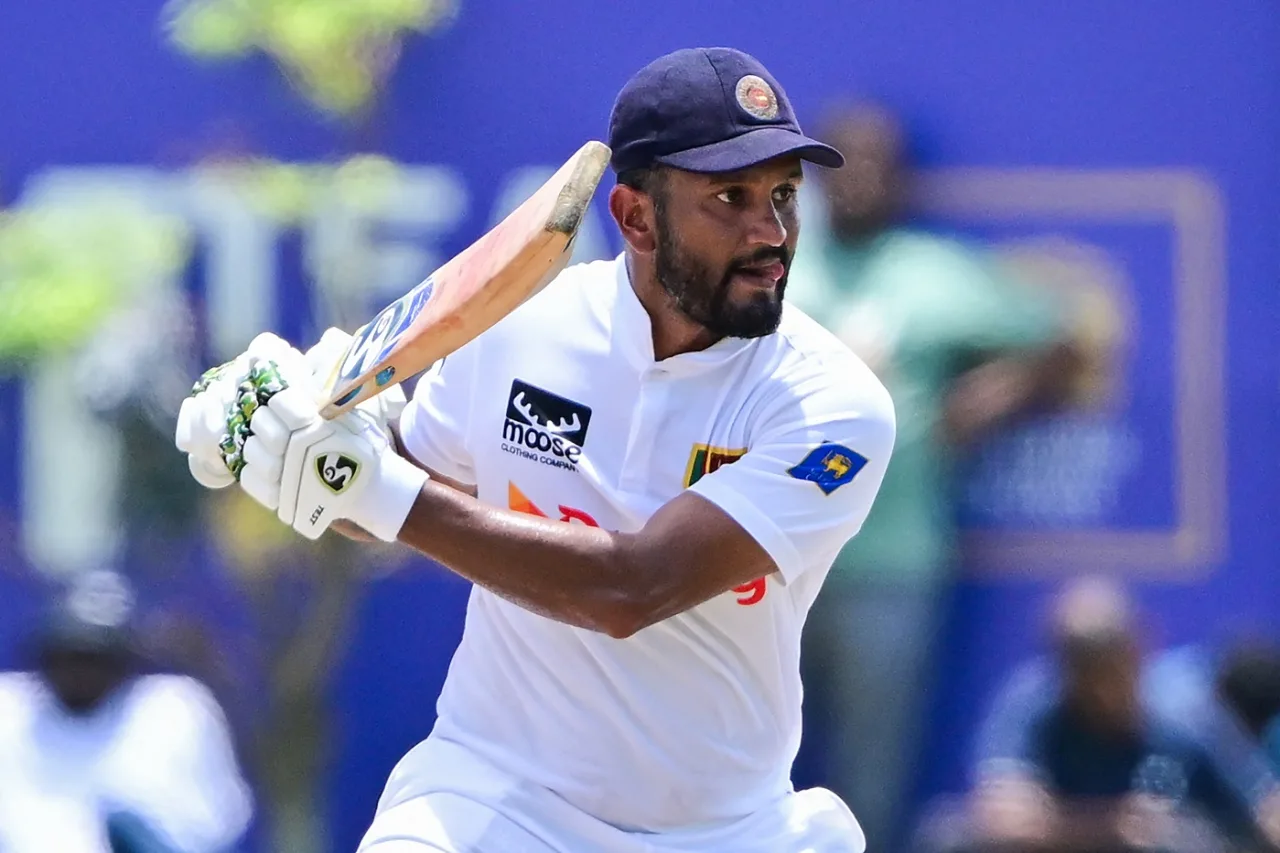
Since the start of 2015, no Test opener has scored as many runs as Dimuth Karunaratne. He has 15 hundred, which is the equal highest among openers. He has struck 34 fifties, easily the best – that tally in some senses making him the most consistent opener to be continuously active through the last ten years. Over the course of this, he has also made the ICC Test XI three times, which no other opener has managed.
This week, as he plays his 100th Test, there is reason to give the man his flowers, because when else was cricket going to find the time? His is a career that has floated on the fringes of the sport’s consciousness. You can still make a serious name for yourself as a Test opener in this age, but you have to crash a lot of boundaries to get that kind of attention, and ideally your country belongs to one of cricket’s bigger economies. Grinding out half-centuries on dustbowls, hunkering down for the new-ball spells, manipulating spin so you’re tracking at roughly three runs an over without risks – these are all nice things to be good at. But as far as the modern cricket ecosystem goes, this is like saying you’re the world’s top air-conditioner repair mechanic. Other people are doing way more glamorous things.
For much of Karunaratne’s career, opening has been especially difficult. Since the start of 2015, men’s openers around the world have averaged 33.71 – significantly lower than they did in the aughts (3.17), and less than in the nineties ( 35.50, and eighties (34.76). You were always at the greatest risk of falling to the swinging and seaming ball as an opening batter, but in the last 10 years of Test batting, fresh terrors have snuck into nightmares, with the wisdom that spinners gain more bite out of a hard new seam taking hold stronger than it ever has before. In the 2020s, a 140+kph quick and an experienced finger spinner sharing the new ball is a pretty standard challenge for an opener, especially in Sri Lanka, where new balls can swing through humid air almost as well as they can explode off dry surfaces. Take away Karunaratne’s runs, and openers have averaged 33.6 on the island since 2015.
There are also few who have lit so steady a fire for Sri Lanka’s place in the Test world. This is, after all, a country that has let its Test-match win-loss ratio slip from 1.31 between 2005 and end of 2014, to 0.81 since the start of 2015. Much of this has been about Sri Lanka’s failure to replace great players. There are no spinners to rival Muthiah Muralidaran and Rangana Herath, no seamers to match Chaminda Vaas or Lasith Malinga, no top-order batters that are on the level of Kumar Sangakkara, Mahela Jayawardene and Aravinda de Silva. But when it comes to openers, there is a case to be heard. Sanath Jayasuriya and Tilakaratne Dilshan did it with more verve, and Marvan Atapattu was more technically correct. But none of them did it as prolifically as Karunaratne, or scored anywhere near his 7079 runs at the top of the order.
With most other positions in the XI, you can look back to the Lankan men’s team of the late aughts and early 2010s – the golden generation – and mostly conclude that Sri Lanka do not produce cricketers of the same quality. Karunaratne gives you reason to pause.
And at no point, by the way, was he ever Sri Lanka’s golden boy. Where it had been suggested of others that they were the next great Sri Lanka batter, Karunaratne was ever the jobbing opener, and rarely believed to be deserving of the care that batters marked out for stardom tend to receive from coaches and staff, though he has outlasted virtually all of them. Karunaratne’s has been a short leash, and he’s got the struggling thirties, and the dirty half-centuries to prove it. No one will call it a pretty career. But fifties didn’t need to be pretty – they just needed to be fifties. And Karunaratne was adept at providing them. Those prods outside off stump, those strong lbw shouts, and inside edges into pad were all in strong supply. But so were Karunaratne’s runs.
There is an obvious skew to his record. He is exceptionally good against spin, which explains why 81% of his hundreds have come in Asia, though he’s also got hundreds in South Africa and New Zealand.
If Ravindra Jadeja and R Ashwin presented the greatest spin-challenging of this last era, then few batters have denied them as effectively, with Karunaratne hitting hundreds at the SSC in 2017 1nd Bengalaru in 2022. These were classic Karunaratne innings, in that he obviously scratched his way through portions of them, rarely struck the kinds of authoritative boundaries that suggested he was dominating the bowling, and yet he found ways to avoid getting out, while pinching another 10 runs. He has added a few new shots, and refined his defence, but this, essentially, has been his mode of operation for 12 years. There is also a strikingly ego-free quality here. For bowlers, beating a batter’s edge is a small victory; for Karunaratne, it is an opportunity to face the next ball.
It is a career worth celebrating all the more, for it being in its last days, almost inescapably. Karunaratne has not said anything about retirement yet, but the signs are there. He averaged 29.66 across 2024, and was terrorised by Kagiso Rabada in South Africa, just as he is again being hounded by Mitchell Starc – a bowler who has now dismissed him nine times in Tests. But his own performance is almost irrelevant. Even if Karunaratne throws off a career’s worth of precedent and clubs 100-ball double-centuries in his next Test encounters, Sri Lanka will only still be playing four Tests in 2025. Their next World Test Championship schedule will still feel sparse.
If a little navel-gazing is permitted, you do have to wonder how many more Sri Lanka cricketers will get to 100 Tests. Another Sri Lanka opening batter? This could be a last chance to see.
Karunaratne is the seventh Sri Lanka cricketer to this milestone, to follow Jayasuriya, Muralidaran, Vaas, Sangakkara, Jayawardene, and Angelo Mathews. He is probably the least-celebrated of that crowd. But no one could say he does not deserve his place among them. Others have had the benefit of hype, legend, and aura. Karunaratne’s only medium has always been hard, pragmatic runs.
[Cricinfo]
-
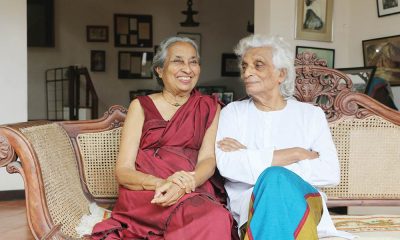
 Features4 days ago
Features4 days agoA singular modern Lankan mentor – Part I
-
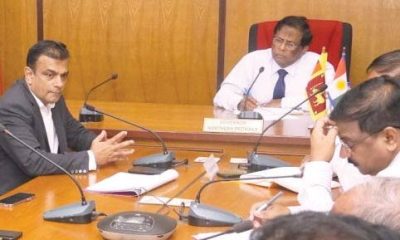
 News2 days ago
News2 days agoNew Bangalore-Jaffna flights in the works
-
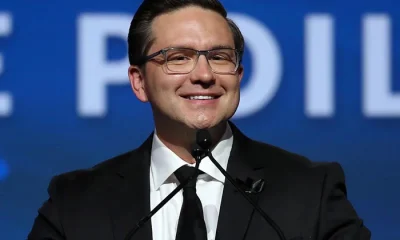
 News6 days ago
News6 days agoWar crimes: Canada’s Conservative Party leader vows to ‘lead the world’ in seeking prosecutions against Sri Lankans
-

 Editorial5 days ago
Editorial5 days agoRegime changes and scandals
-
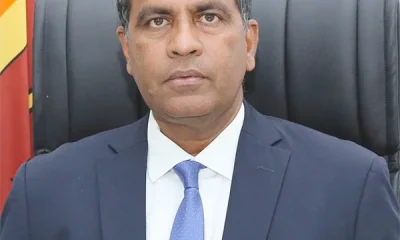
 News5 days ago
News5 days agoCustoms cleared thousands of ‘marked’ containers sans examination beginning last year
-

 Features5 days ago
Features5 days agoButterfly migration fading away
-
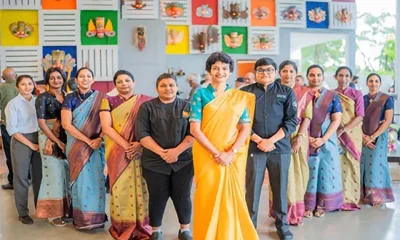
 Opinion6 days ago
Opinion6 days agoAll-Female!
-
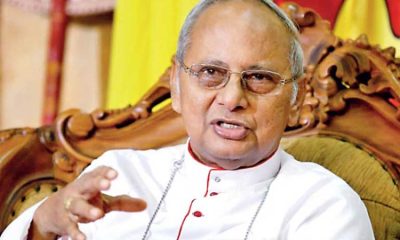
 News2 days ago
News2 days agoCardinal says ‘dark forces’ behind Easter bombs will soon be exposed











